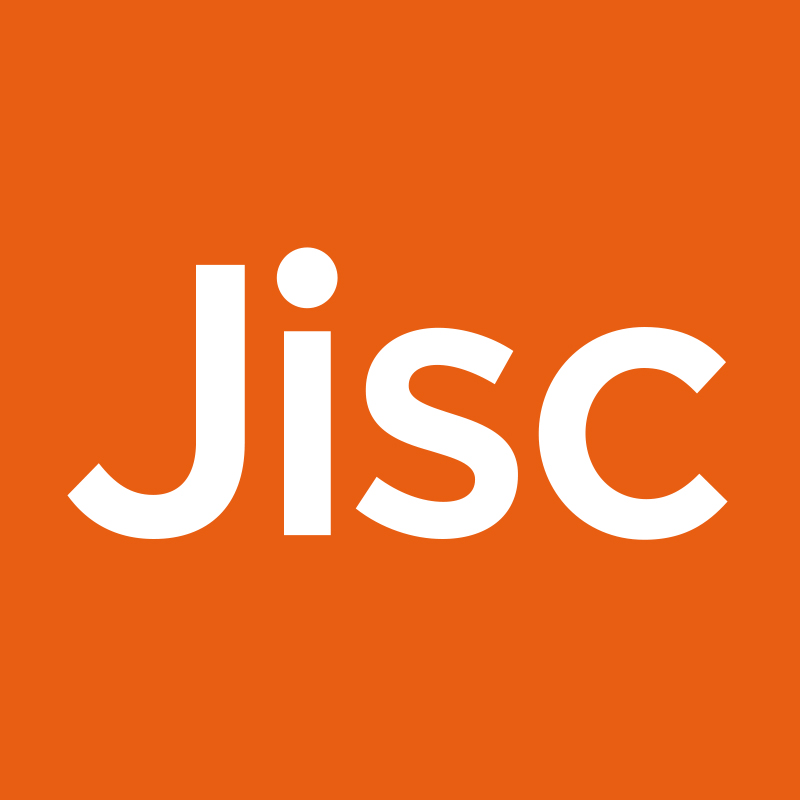This discussion focused on issues of intellectual property law, managing rights and licensing. Tom Morgan of the National Portrait Gallery began by talking about his experience of best practice within the heritage sector; Liam Earney of JISC Collections spoke about CASPER’s involvement with the RePRODUCE programme, and universities’ perceptions and problems with the idea of licensing; Sarah Fahmy of the Strategic Content Alliance discussed the SCA/Collections Trust initiative to assess the impact of orphan works on the delivery of services to the public; and Prodromos Tsiavos closed by explaining the SCA’s research on managing cultural content in the public sector.
Liam Earney of JISC welcomed us to the morning’s session and to the three presenters.
Tom Morgan, head of rights and reproductions at the National Portrait Gallery, gave a talk entitled Content, IPR and Licensing: An Institutional Perspective. He discussed the different expectations of institutions and individuals regarding IPR, and suggested that consent is an essential aspect of any respectful relationship, and is at the heart of successful IPR management.
He talked about how the National Portrait Gallery and its sister institutions worked together to produce the Museums’ Guide To Copyright and collaborated on good practice. There were several principles informing their decisions:
Stem the tide – don’t add to your problems, do it once and do it right. Put IPR provisions at the start of the collections acquisitions process.
Establish authority within the organisation, and record ownerships and permissions in one place.
Direct relationships – careful, sensitive and discreet management to encourage good faith and strong relationships.
Mission and risk – certainty is not always available, but risks should be taken on a well-founded basis.
The key principles of successful licensing are “I WON” – license In Wide, licence Out Narrow (In, Wide, Out, Narrow). This is a commercial approach. The gallery now manages rights on behalf of several holders. The more free content there is, the less likely it is that people will pay transactionally. Everyone is introduced to the copyright officer as part of their induction when they begin work at the gallery. Enabling and supporting staff has proved effective.
Good fences make good neighbours. If you invest in drawing your contracts tightly, you can afford to apply them with liberal intelligence. It isn’t possible to trace rightsholders for all of the work in the gallery’s collections. Allowing people to use “orphan works” has to be balanced with the possibility of infringing the creator’s rights. Best practice can be shared through the Museums’ Copyright Group.
Liam Earney spoke about his experience with the JISC RePRODUCE programme, and his involvement in providing copyright support to the project. It wanted to make the materials involved in the project available widely as well as licensing them in widely, which proved a huge challenge. 89 per cent of those involved said that IPR was an important factor affecting their success.
There is a diversity in experience and knowledge of IPR and copyright and the administrative burden it could entail. People were coming up against partnership agreements, institutional policy, staff contracts and so on. There was also uncertainty about who they could approach within their institution for support if they had questions about rights management and incurring risk.
The public sector needs to organise itself. Universities don’t know what you can and can’t do with their content, and it is difficult for other universities to clear rights from other institutions because people don’t know who has the ability to grant permissions. There is a lack of commonly accepted terminology and narrative – what does “re-purpose” mean? What does “re-use” mean? Academics don’t like the idea of others benefiting from their work and materials. One rightsholder approached for their content presumed it was a joke. In most cases where permission was refused, it was due to the type of rights that were being sought. It was so outside what rightsholders are used to dealing with, they didn’t want to be involved. The time involved in rights clearance put some people off the project, and the amount of engagement ranged from 10 hours to months to totally unmonitored work.
How can we overcome these challenges? First, use materials that have already had the rights cleared, eg JISC Collections have already cleared the rights to content that can be used in VLEs; the Open Educational Resources Programme; Jorum. Alternatively, use material available under an open content licence, eg Creative Commons (Flickr, YouTube, etc). There are also rights management and rights clearance tools, such as CASPER’s own site. However, if the rightsholder wants to make an adjustment to template wording, universities might not know what to do.
People assume that Creative Commons means copyright-free. There is a perception that if something is available under a Creative Commons licence, it can be used freely and without restrictions.
Sarah Fahmy of the Strategic Content Alliance talked about their research into the impact of orphan works. From over 500 respondents, it emerged that sometimes institutions don’t bother using orphan works because of the rights issue, and sometimes they use them without at least bothering to assess the risk.
Prodromos Tsiavos discussed the SCA’s research into managing cultural content in the public sector, and suggested various models that institutions could adopt when dealing with rights issues – including a star model, where inputs and outputs feed into a centralised distribution centre; and a clean-hands model, where users negotiate between themselves without using a central department.
